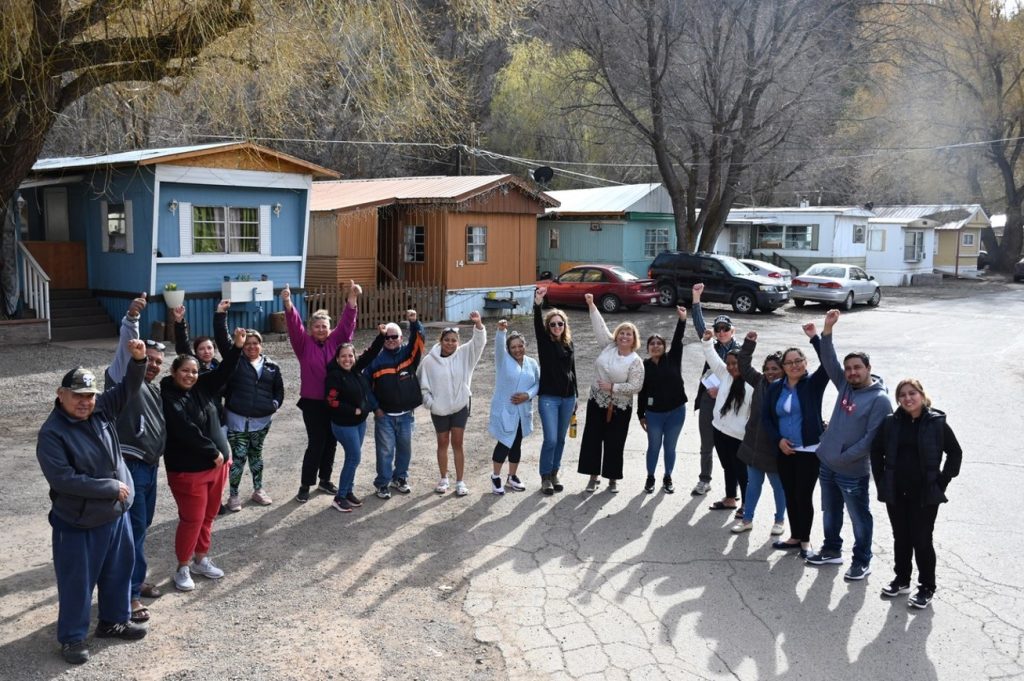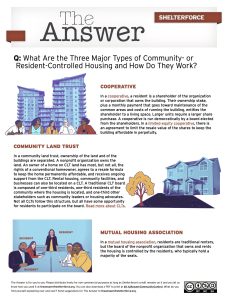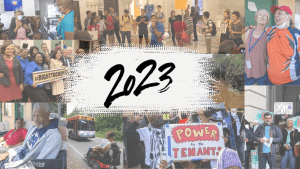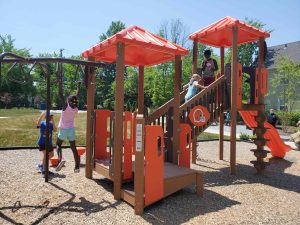Community Control
The Latest

Let’s Harness the Growth of the Shared-Equity Field
Between 2011 and 2022, the number of nonprofits with shared-equity programs and CLTs increased by 30 percent. Here's a look at the diversity of their programs and portfolios, and who's benefiting from their rise.
Explore Articles in this Topic
Search & Filter Within this Topic
filter by Content Type
filter by Date Range
search by Keyword

How ‘Tenant Stewards’ Are Using TOPA to Form a Co-op
Organized by a pandemic-era mutual aid group, this housing cooperative is taking advantage of D.C.’s pioneering Tenant Opportunity to Purchase Act. But the pressure of paying back a loan with mounting interest could stymie the group’s plans to provide affordable housing.

Q: What Are the Three Major Types of Community- or Resident-Controlled Housing and How Do They Work?
There’s a lot of momentum toward resident-controlled housing. Do you know the three major forms it takes?

Shelterforce’s Top 10 Stories of 2023
What were the biggest Shelterforce stories of the year? We count down the top 10 of 2023.

The Unfulfilled Potential of D.C.’s TOPA Law
Tenant Opportunity to Purchase laws empower renters to get control when their buildings go up for sale. But in D.C., the hurdles to becoming owners are many, and often insurmountable.

Can Residents Get More Out of Tax Credit Housing?
Arrangements in which LIHTC tenants share in the development’s financial benefits, or become partial or full owners, are rare—but some properties have pulled them off. This scan of several examples shows the possibilities—and the conditions needed for them to succeed.

Rebuilding After Trauma: Public Spaces in Cleveland
Traumatic events, and the ongoing traumas of vacancy and disinvestment, can be strongly associated with the places where they occurred. In Cleveland, several organizations are bringing new function and meaning to traumatized spaces.

How It’s Working: Laws That Help Tenants and Nonprofits Buy Buildings
Shelterforce checks in on three communities that have passed policies giving tenants and nonprofits first dibs on purchasing property. Are these policies keeping residents in their homes?

Tenant Organizing in Unexpected Places, a Webinar
Tenants aren’t just organizing in places like California and New York—hear about tenant organizing in small and mid-sized cities from Maine, Maryland, Texas and Kentucky.

When a Land Bank Starts a Land Trust
An Ohio land bank adds to its developing power through a nonprofit land trust.

Three Ways AFFH Has Advanced Housing Justice
Grassroots organizers have used the Affirmatively Furthering Fair Housing rule to strengthen communities in the past. These examples show what we should advocate for in a new AFFH rule.

Building Tenant Power: A Growing Movement Rises in Baltimore
Tenant organizing in Baltimore today is building on a rich legacy of tenant resistance in the city where residential redlining made its debut.

Boston Organizers Protect Individual Tenants, While Trying to Change the System
City Life/Vida Urbana is known for successful tenant union organizing and anti-eviction actions, but every individual action springs from a larger vision of system and policy change.
